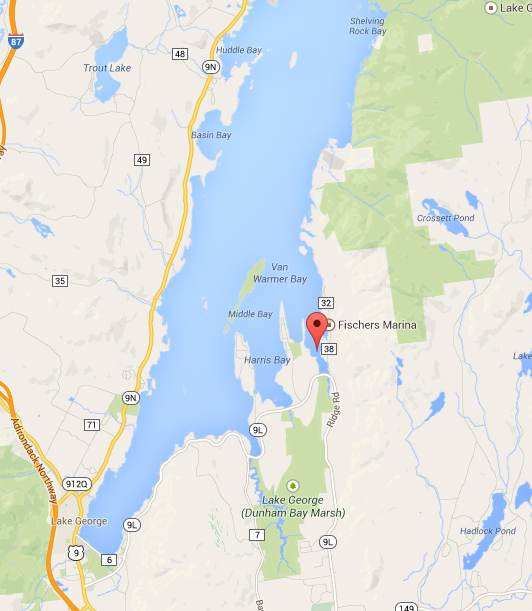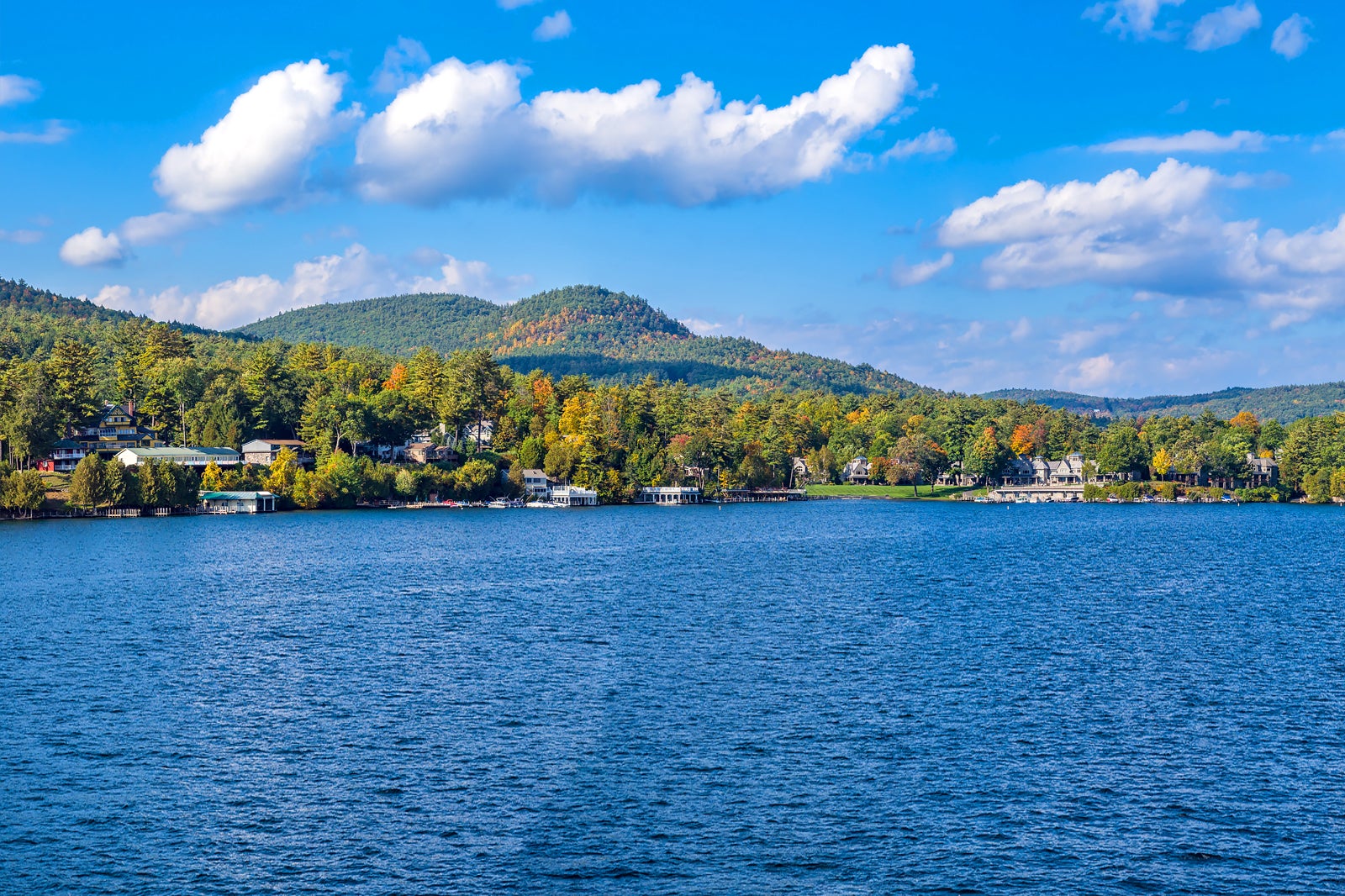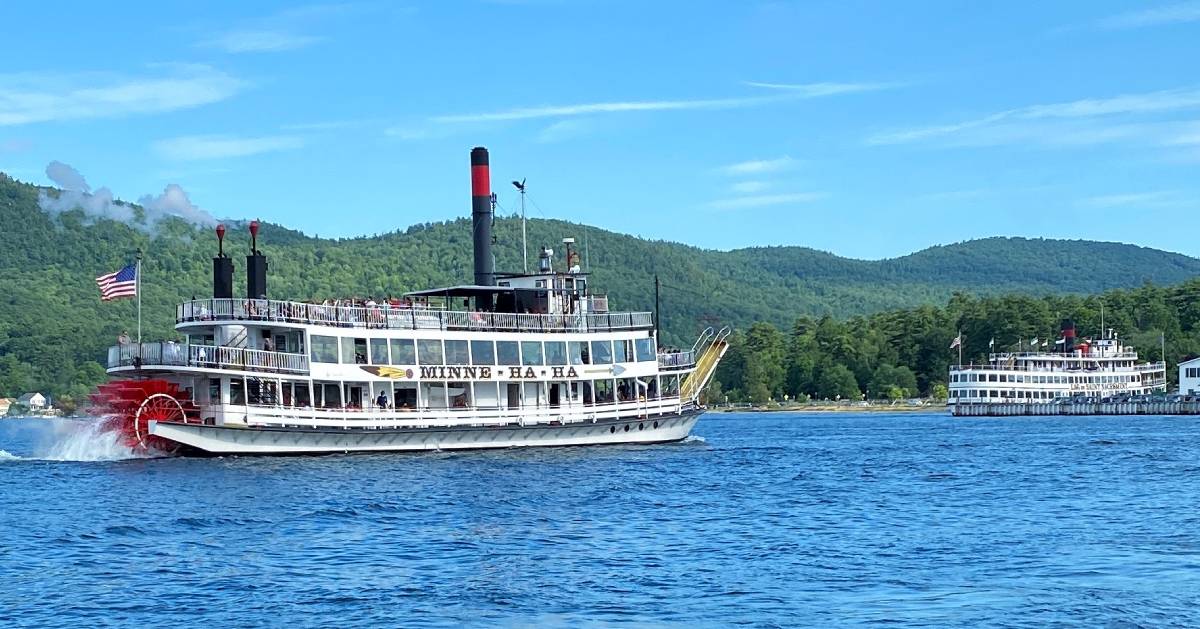Lake George Water Temperature: A Comprehensive Guide For Visitors And Enthusiasts
Exploring Lake George water temperature is essential for anyone planning a visit or engaging in water activities. Whether you're a tourist, an avid swimmer, or a boating enthusiast, understanding the seasonal temperature variations of this iconic Adirondack lake can enhance your experience. This guide will delve into the factors influencing Lake George's water temperature, provide historical data, and offer practical tips for your visit.
Lake George, often referred to as the "Queen of American Lakes," is renowned for its breathtaking scenery and pristine waters. However, its water temperature plays a crucial role in determining the best time for various activities. From swimming to fishing, knowing the lake's thermal conditions can significantly impact your enjoyment.
This article aims to provide a detailed analysis of Lake George's water temperature, ensuring you are well-prepared for your adventure. Let's dive into the specifics of this magnificent lake's thermal dynamics and discover why it remains a top destination for outdoor enthusiasts.
Read also:John Batiste And Autism An Indepth Exploration Of His Journey
Table of Contents
- Introduction to Lake George Water Temperature
- Seasonal Changes in Lake George Water Temperature
- Factors Influencing Lake George Water Temperature
- Historical Data on Lake George Water Temperature
- Best Activities Based on Water Temperature
- Safety Tips for Water Activities
- Environmental Impact on Water Temperature
- Boating Considerations with Water Temperature
- Swimming Guidelines Based on Temperature
- Conclusion
Introduction to Lake George Water Temperature
Lake George is a natural freshwater lake located in the Adirondack Park in New York State. Known for its crystal-clear waters and stunning scenery, the lake attracts millions of visitors annually. The water temperature, however, can vary significantly throughout the year, affecting the activities available to tourists.
Understanding the water temperature is vital for planning your visit. Whether you're looking to enjoy a refreshing swim, go fishing, or simply relax by the shore, the temperature of the water will influence your experience. Seasonal changes, weather patterns, and environmental factors all contribute to fluctuations in Lake George's water temperature.
Seasonal Changes in Lake George Water Temperature
The water temperature of Lake George varies greatly depending on the season. During the summer months, the lake's surface temperature can reach a comfortable 70-75°F (21-24°C), making it ideal for swimming and other water-based activities. In contrast, during the winter, the temperature can drop to near-freezing levels.
Key Seasonal Highlights:
- Spring: Water temperatures begin to rise as the snow melts, typically ranging from 40-55°F (4-13°C).
- Summer: Peak temperatures are reached, with surface water averaging 70-75°F (21-24°C).
- Fall: Temperatures start to cool down, typically ranging from 50-65°F (10-18°C).
- Winter: The lake's surface can drop to near-freezing levels, with temperatures around 32-40°F (0-4°C).
Factors Influencing Lake George Water Temperature
Several factors contribute to the variations in Lake George's water temperature:
- Weather Patterns: Rainfall, wind, and sunlight exposure directly affect the lake's surface temperature.
- Depth: Deeper areas of the lake tend to remain cooler, as sunlight penetration is limited.
- Water Flow: Inflows from rivers and streams can alter the temperature, particularly in shallow areas.
- Seasonal Variations: The changing seasons bring about predictable fluctuations in temperature.
Historical Data on Lake George Water Temperature
Historical records provide valuable insights into Lake George's water temperature trends over the years. Scientists and researchers have documented these changes to understand the lake's ecological health and predict future patterns.
Read also:Does Alex Wolff Have Tourettes Unveiling The Truth Behind The Rumors
According to data collected by the Lake George Association, the average surface temperature has increased slightly over the past few decades due to climate change. This warming trend has implications for aquatic life and the overall ecosystem of the lake.
Best Activities Based on Water Temperature
The water temperature of Lake George determines the types of activities that are most enjoyable at different times of the year. Here are some recommendations:
- Swimming: Ideal during the summer months when the water is warmest.
- Fishing: Trout and bass fishing are popular year-round, but certain species are more active in cooler water.
- Boating: Spring and fall offer pleasant temperatures for cruising on the lake.
- Ice Fishing: During the winter, anglers can enjoy ice fishing on the frozen surface of the lake.
Safety Tips for Water Activities
Safety should always be a priority when engaging in water activities. Here are some tips to ensure a safe and enjoyable experience:
- Always check the current water temperature before entering the lake.
- Wear appropriate gear, such as life jackets and wetsuits, depending on the temperature.
- Be aware of weather conditions, as sudden changes can affect water temperature and safety.
- Never swim alone, especially in deeper or colder areas of the lake.
Environmental Impact on Water Temperature
Environmental factors play a significant role in shaping Lake George's water temperature. Climate change, pollution, and land-use practices can all influence the lake's thermal dynamics. Protecting the lake's ecosystem is crucial for maintaining its natural beauty and ensuring its water remains suitable for recreation.
Efforts by local organizations, such as the Lake George Association, are focused on monitoring water quality and addressing environmental concerns. These initiatives aim to preserve the lake's ecological balance and ensure it remains a cherished destination for generations to come.
Boating Considerations with Water Temperature
Boaters should consider the water temperature when planning their trips. Cooler water temperatures in the spring and fall can affect engine performance and require additional safety precautions. Additionally, understanding the lake's thermal stratification can help boaters navigate safely, especially in deeper areas where temperature gradients exist.
For those engaging in water sports, such as water skiing or wakeboarding, the water temperature can impact comfort and safety. Proper clothing and equipment are essential to ensure a safe and enjoyable experience.
Swimming Guidelines Based on Temperature
Swimming in Lake George can be a refreshing and invigorating experience, but it's important to follow guidelines based on the water temperature:
- 70°F (21°C) and Above: Ideal for swimming, with comfortable water temperatures.
- 60-70°F (15-21°C): Cooler water may require acclimatization and shorter swimming sessions.
- Below 60°F (15°C): Swimming is not recommended without proper protective gear due to the risk of hypothermia.
Conclusion
In conclusion, understanding Lake George water temperature is essential for anyone planning to visit or engage in water activities. From seasonal variations to environmental factors, the lake's thermal dynamics play a crucial role in determining the best time for various activities. By following safety guidelines and respecting the lake's ecosystem, visitors can enjoy a memorable and safe experience.
We invite you to share your thoughts and experiences in the comments below. Additionally, feel free to explore other articles on our website for more insights into Lake George and its surroundings. Thank you for reading, and we hope this guide proves helpful in planning your next adventure!
Data Sources: Lake George Association, National Park Service, National Oceanic and Atmospheric Administration (NOAA).


